"Anglican and Reformed": The Spirit of Anglo-Calvinism
 Embryo Parson Posted on
Embryo Parson Posted on  Sunday, December 6, 2015 at 03:43PM
Sunday, December 6, 2015 at 03:43PM A Facebook friend posted this from a website of the Reformed Episcopal Church (REC). Some excerpts:
One thing many churchgoers of our time may overlook or fail to think seriously about is the ornamentation of churches. Many Christians, considering the matter in a pragmatic or utilitarian way, wouldn’t think it to be of significance. However, God was particular with the Hebrews about the peculiarities of their worship—from the skins and dyes of the Tabernacle to the bells on the priests’ clothing in the Temple, he prescribed the right way to approach him in worship. We know the foremost thing of concern is the condition of the heart. . . .
We should consider how our church ornamentation may reflect our love for God and reflect our theological beliefs as an Anglican and Reformed church. It is thinking on these matters that led to, for example, the removal of the sanctuary lamp from our chancel, the termination of ringing bells during Communion, the disposal of stoles and chasubles, and so on. The chancel and the entire chapel have been simplified greatly so that they do not distract us from the center of our worship: Jesus, the Christ.
This does not mean, of course, that all decoration is harmful or distracting. However, we should be careful in selecting what will be used in the service of the church, both in our preaching and teaching, and in our ornamentation. We are not Puritans, and I do not understand the Second Commandment to forbid images, but I do believe we can quite easily begin to substitute for reality the images of our own making.
I have asked that we do not employ an Advent wreath in our church because I believe it to be a distraction from our principles of worship. This is not to suggest that the use of an Advent wreath in the home is wrong; in fact, I think the wreath is more suited to the good use of the family life. I do not suggest, either, that congregations that use Advent wreaths and candles in their churches are in some grave error. There is some area on this matter on which Christian men may disagree, but it is still an issue we should give careful consideration: what do the Scriptures say; what do the Articles of Religion say; what do the Homilies say. . . ?
I have shared my thoughts on this matter so you may better understand my motives in guiding us toward certain practices in the church. There is much more to consider on this topic, and I commend, for your edification, the reading of the first, second, and third homilies of the Second Book of the Homilies. We will revisit the subject of church ornamentation, and I will share broader and deeper thoughts on the usefulness and appropriateness of ornaments in the church.
First, concerning the rector's statement, "We are not Puritans." It's clear that he's resistant to the application of the appellation "Puritan" to him and his parish, but this pastoral letter nevertheless exudes the spirit of Puritanism, maybe not radical Puritanism, but Puritanism nonetheless.
Second, it is often said by our spokesmen that Anglicanism is "Reformed Catholicism" or something to that effect, but this typically means something other than what certain Anglicans mean when they refer to "our Anglican and Reformed", "our Reformed and Protestant faith", etc. They mean to communicate by such terms their belief that Anglicanism is, or should be, theologically Reformed, which is to say, Calvinistic. This not only means a devotion to Calvinistic soteriology, but also a devotion to the "Genevan Discipline", that is, a total rejection of anything that appears "Romish" or "high church" in worship: no "sacerdotal" vestments or stoles, no incense, no altars (rather, "communion tables"), no "lights" (candles) - which of course would include Advent wreath candles.
Though these folks bristle at the term, they are oftentimes called "Presbyterians with prayer books." I don't really think, as they do, that this is a particularly pejorative term. These folks clearly say that their clergy are "presbyters", not sacrificing priests, and that they place little or no stock in the doctrine of apostolic succession. If all of that is true, it means they have essentially embraced a Presbyterian polity rather than a classically Anglican one.
It is true that Cranmer, Jewell and others from the second phase of the English Reformation desired to take the Church of England in a theologically Reformed direction, and the Books of Homilies do reflect the essentially Reformed theology of the homilists. The Puritans later attempted to bring that attempt at reform to its full fruition, but as Diarmaid MacCulloch and others note, the Church of England ultimately put the kibosh on the goals of that particular phase of the English Reformation. Monarchs beginning with Elizabeth and divinity beginning with Hooker would pull the English Reformation back in a more conservative and Catholic direction. As a result, to put it blunty, the Puritans lost and ornaments won.
That an REC rector would toss the Advent wreath out of the church just takes my breath away, and I know the vast majority of Anglicans, including a goodly number of them who lean Reformed, are with me. The REC started out as a low church and Reformed split from the Protestant Episcopal Church of the USA, but over time it has moved in a more classically Anglican direction. There are Presbyterian holdouts in the REC, however, and in this pastoral letter we see the spirit of Anglo-Calvinsm writ large.
'Tis sad. My longtime readers will know that I myself went through a brief Anglo-Calvinist stage, but that I came to see that MacCulloch et al. are correct in their observation that we cannot confine the English Reformation to Cranmerianism. The English Reformation, like the Continental Reformations, were drawn-out processes that lasted some 100 to 150 years. Some of my Anglo-Calvinist buddies like to cite the MacCulloch article linked above as evidence that the early English Reformation meant to produce Anglo-Calvinism. But as MacCulloch notes at the end of this article, of the two orthodox parties, Reformed and "Arminian", which contend for the right to use name "Anglican", they "contend for mastery within English tradition, and they have created that fascinating dialogue about the sacred which the world calls Anglicanism. Long may the fight continue. It will be better for the sanity of the Anglican tradition if neither side manages to win." (Emphasis mine) I would only add that if numbers are any indication, the "Arminian" side has won that war, putting orthodox Anglicanism on a course, if not of reunion, then of signifcant federative relationship with Rome and Orthodoxy, especially with the latter. My argument is that Anglicanism will not survive long term unless this happens.
A blessed Second Sunday of Advent 2015 to all.
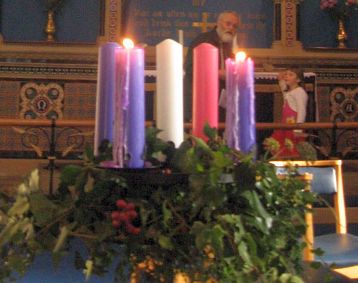
 Advent,
Advent,  Anglican Spiritual Life,
Anglican Spiritual Life,  Anglo-Calvinism,
Anglo-Calvinism,  Church of England,
Church of England,  Eastern Orthodoxy,
Eastern Orthodoxy,  English Reformation,
English Reformation,  Evangelical and Catholic,
Evangelical and Catholic,  Future of Protestantism,
Future of Protestantism,  Historical Theology,
Historical Theology,  John Calvin,
John Calvin,  Liturgical Theology,
Liturgical Theology,  Reformed Episcopal Church,
Reformed Episcopal Church,  Roman Catholicism,
Roman Catholicism,  The Problem of Anglican Identity,
The Problem of Anglican Identity,  Traditional Anglicanism
Traditional Anglicanism 
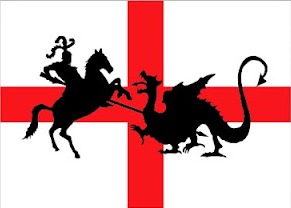
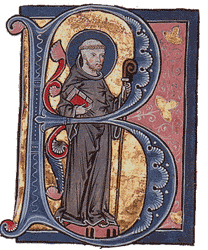
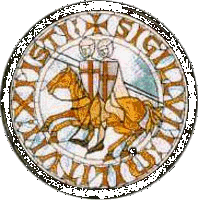
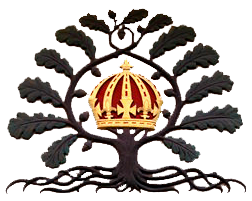
Reader Comments (4)
I was originally going to say that you were being overly harsh on the rector, but after rereading (especially the second paragraph) it is hard to understand why he wouldn't like the term Puritan.
BTW, we should note that the advent wreath is a very recent (relatively speaking) practice. It's interesting that it "feels" Catholic even though it is a Protestant Lutheran invention.
Excellent article, Christopher. Very good observations and very charitable as well.
Thanks, Peter.